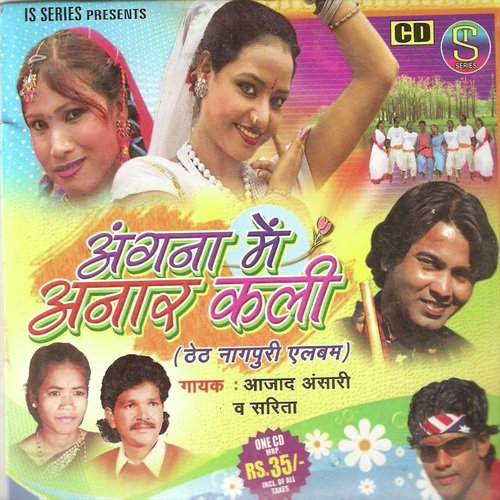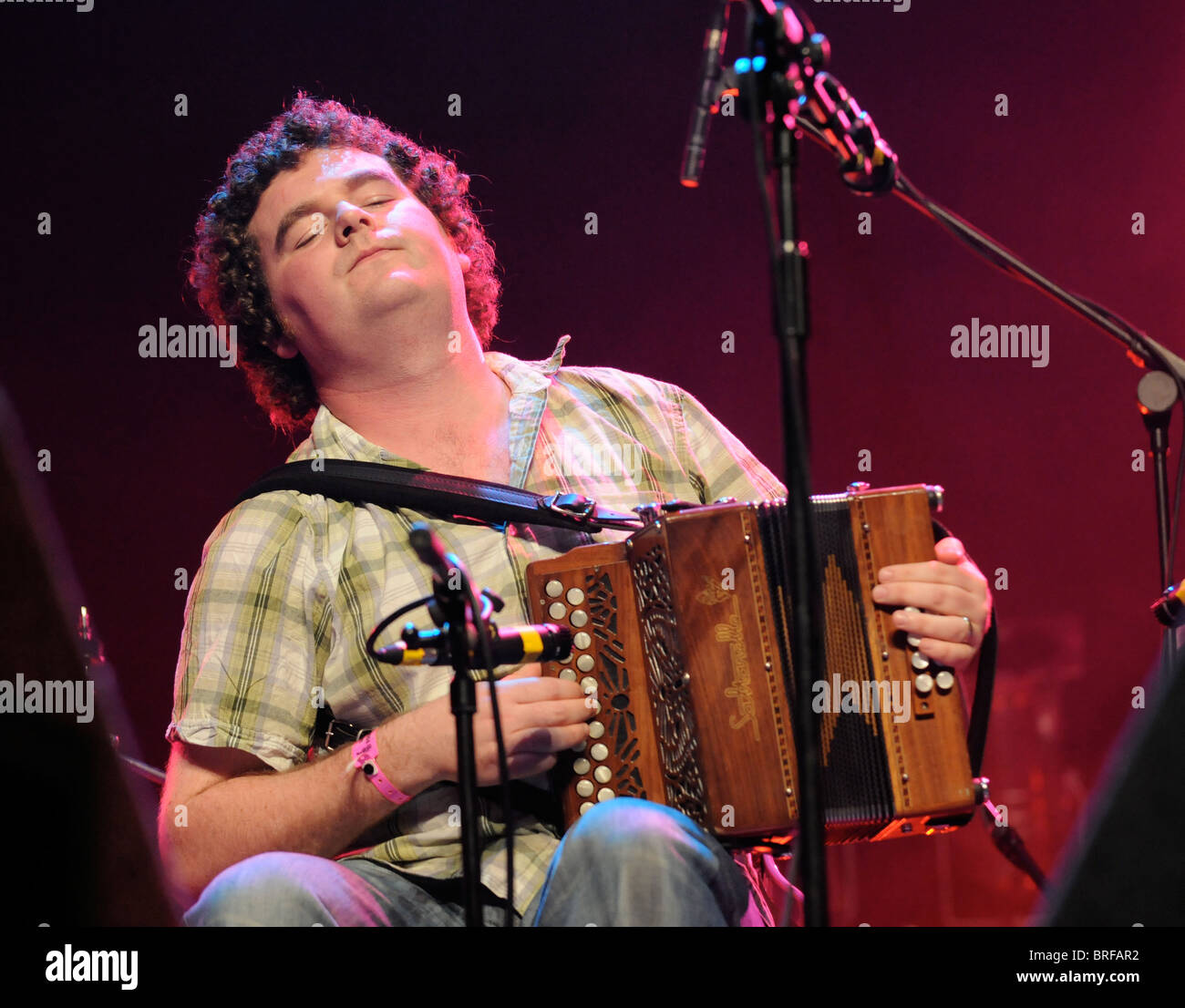

As she approaches the Mughal Prince, and asks him if she should reveal the contents of the letter, the camera leaves the scene, and moves to the ghulam gardish (Hall of the Slaves), where Noor Jahan has already begun to croon the song on cue, which, apparently, the Prince is unable to listen to. Anarkali’s friend, Dilaram (Shamim Ara) offers to deliver the letter to Prince Saleem personally. Here, the situation of the song is this that Anarkali (Noor Jahan) is writing poetry in her letter to Prince Saleem (Sudhir), who later became Shahenshah Jahangir. As in Jalte hain arman, there are pre- asthai lines. The song not only has the lyrical symbolism, but also compositional symbolism. Next, you come to Tanvir Naqvi’s Kahan tak sunoge, composed by Master Inayat. After this couplet, the song begins with a pre-knowledge of difficult circumstances. This couplet has a double symbol, revealing not only the heart-rending frustration of a woman in the Mughal era of Kings and slaves, but the depression and emotion of a whole nation at the way the darkness seems to be eternally present all around it. Neend to khair so gaee, maut bhee mar gaee hai kya Kat-tee naheen hai gham kee raat, aa ke theher gaee hai kya Taken to a crescendo, where the actual song begins to unfold, the couplet sets the mood: Saifuddin Saif’s Jalte hain arman mera dil rota hai is composed by Master Saheb, and he begins with a poetic couplet rendered tantalizingly slowly and dramatically by Noor Jahan. The 5 lyricists of the film were Tufail Hoshiyarpuri, Qateel Shifai, Tanvir Naqvi, Saifuddin Saif and Hakim Ahmed Shuja, the father of Anwar Kamal Pasha.Īlthough all 8 songs of the film were hits, three numbers stand out for their merging brilliance of the lyrics and the compositions. The composers were Rasheed Attre and Master Inayat Hussain, probably two of the most versatile men in the local industry.

Five lyricists wrote songs for this film, while two greatest of tunesmiths composed 8 songs for it. Anwar Kamal Pasha’s film, Anarkali was released on 6 th June, 1958.


 0 kommentar(er)
0 kommentar(er)
